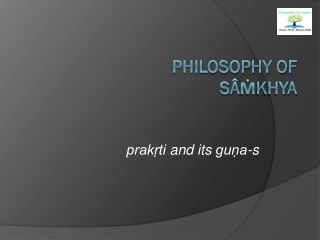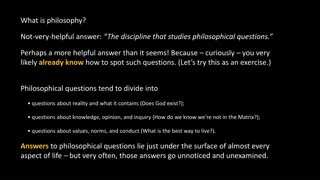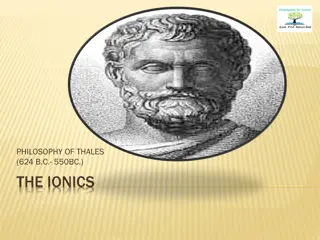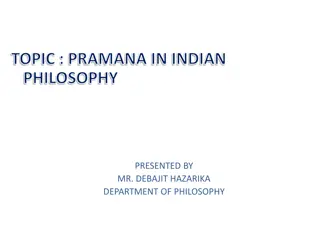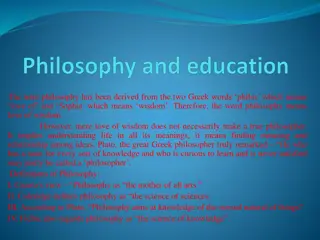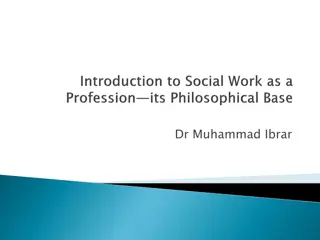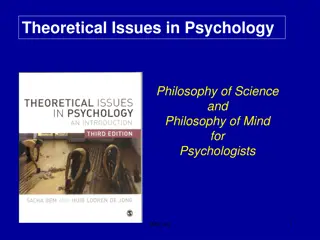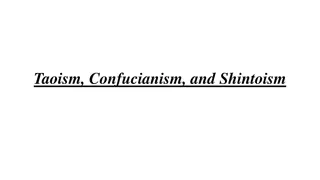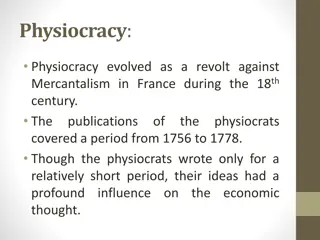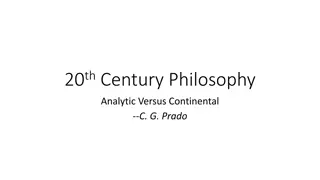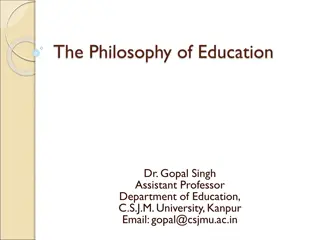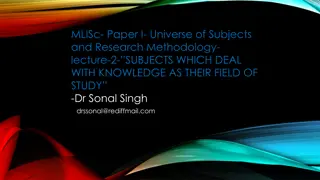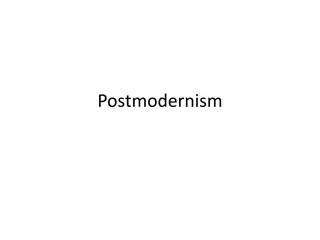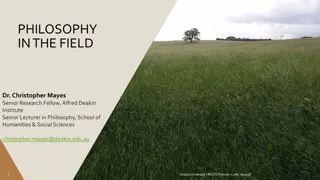Understanding Physiocracy: The Economic Philosophy of Francois Quesnay
Physiocracy emerged as a response to Mercantilism in 18th century France, with Francois Quesnay as a key figure. The basic principles of Physiocracy include the belief in natural order, advocacy of laissez-faire, emphasis on agriculture as the only productive occupation, support for private property rights, and the concept of circulation of wealth through different societal classes. The movement laid the foundation for the science of political economy.
Download Presentation

Please find below an Image/Link to download the presentation.
The content on the website is provided AS IS for your information and personal use only. It may not be sold, licensed, or shared on other websites without obtaining consent from the author. Download presentation by click this link. If you encounter any issues during the download, it is possible that the publisher has removed the file from their server.
E N D
Presentation Transcript
Physiocracy: Physiocracy evolved as a revolt against Mercantalism in France during the 18th century. They are regarded as the founders of the science of political economy. Francois Quesnay ((1694-1774) may be considered as the chief representative of physiocracy.
Basic tenets of Physiocracy: 1) Natural Order: Physiocrats believed that natural order is an ideal order given by God. It means that a society which is governed by the law of nature is an ideal society. The concept of natural order implied minimum interference in economic affairs by government.
2) Laissez-faire: Physiocrats advocated laissez-faire . It means let things alone, let them take their own course. It means freedom of enterprise from government intervention. According to this doctrine, the only function of government is to protect life, liberty and property.
2) Net Product: Physiocrats considered agriculture alone as the productive occupation. Industry, trade and professions were useful but sterile. They simply reproduced the value from one form to another. Only agriculture was productive for it produced a surplus, a net product over and above the cost of production.
3) Property: The physiocrats were the institution of private property. According to Quesnay, The safety of private property is the real basis of the economic order of society. The state should protect the interest of the tenants and the agriculturists. great believers in
4) Circulation of Wealth: Quesnay s Tableau Economique explained the circulation of wealth. He divided the society into 3 (three) classes: a) The Productive Class: It consisted of farmers who paid rent to the landlords.
b) The Proprietary Class: It consisted of the class of proprietors which included the landlords and the King. c) The Sterile Class: Merchants, traders, artisans, professionals formed part of this class. Physiocrats considered them sterile since they did not produce any net product.
After classifying the society into the above three classes, Quesnay circulation of income among these three classes in the following manner: traced the All wealth is produced by the farmers, i.e. the productive class. Let us suppose that the value of total production in any one year is 5 million francs.
Of this the productive class (farmers) requires 2 million maintenance. These 2 million francs shall not circulate. francs for their The remaining 3 million francs will be distributed in the following manner:
Since the productive class (farmers) requires manufactures, it buys goods amounting 1 million francs from the sterile class. The remaining 2 million francs is paid to the proprietary class as rent to the landlords and taxes to the government. The proprietary class, which lives on these 2 million francs, spends one million for food and another million for manufactures.
It is seen that although the sterile class produces nothing, yet it receives 2 million francs one million from the productive class and another proprietary class. million from the The sterile class spends these two millions for buying necessaries of life and the raw materials for industries from the productive class.
Thus, the 2 million francs which came into the hands of the sterile class, return to their starting point, the agriculturists. In this way, the original 5 million francs are replaced in the hands of the productive class. The cycle is complete. And the process goes on indefinitely. Quesnay s Tableau Economique is regarded as the pioneering attempt at National Income Analysis and Mathematical Economics .
Quesnays regarded as the pioneering attempt at National Income Mathematical Economics . Tableau Economique is Analysis and
THANK THANK YOU YOU



